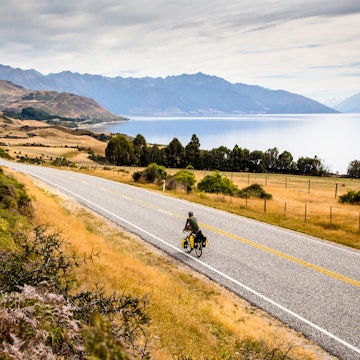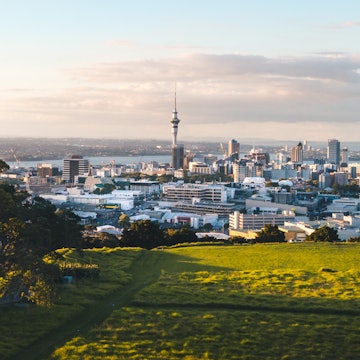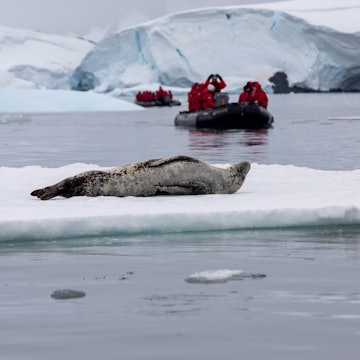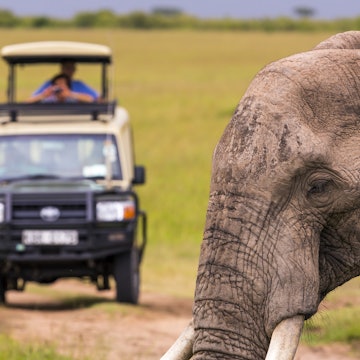
These 12 sustainable vacation destinations blend adventure with eco-conscious living

Dec 19, 2024 • 6 min read
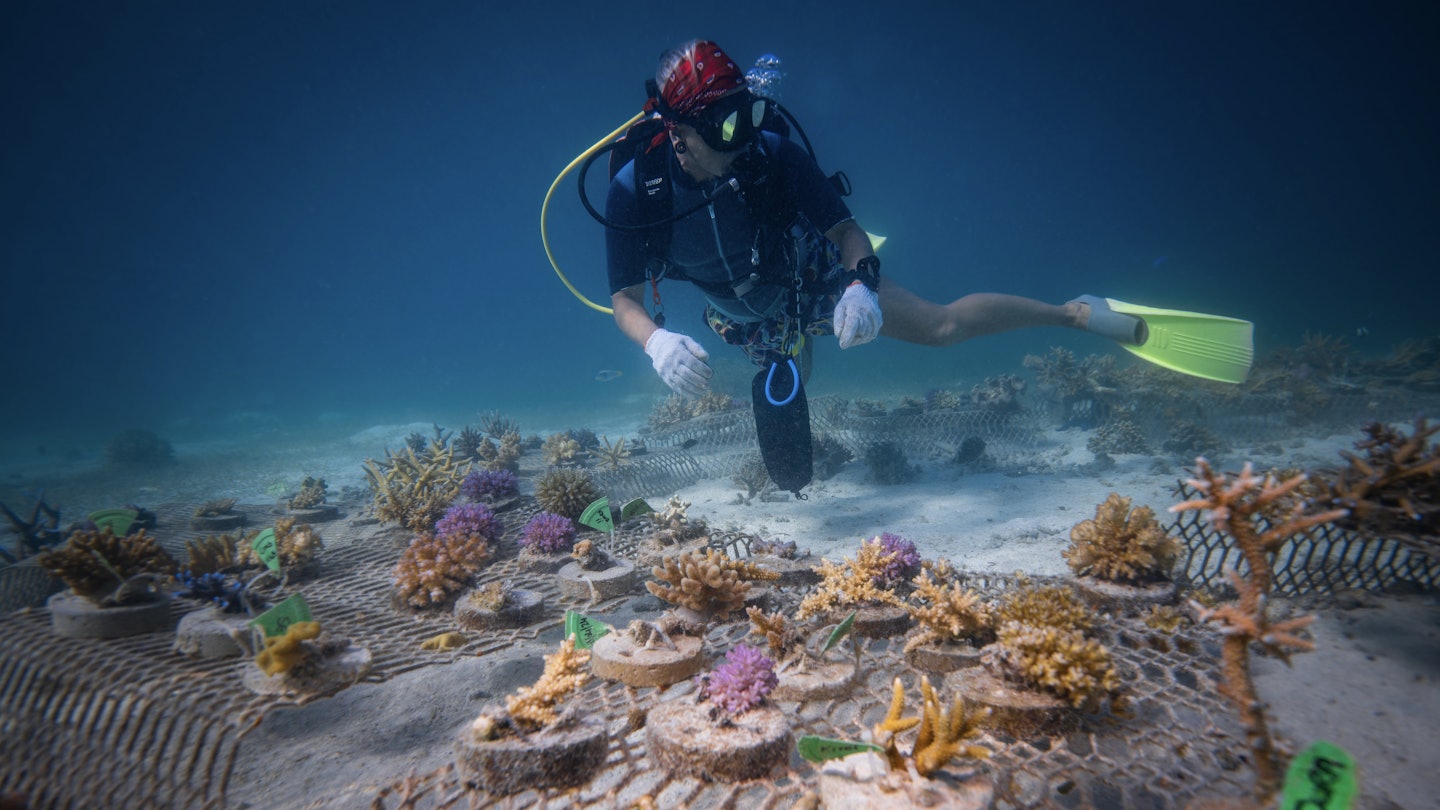
In Fiji, you can explore the reefs while helping protect them by transplanting coral. Mike Workman/Shutterstock
Sustainable getaways aim to minimize harm to the environment and support local communities. While there is no such thing as carbon-zero or fully sustainable travel, there are ways to be more mindful about energy consumption and patronizing local businesses. Sustainable travel means making choices that respect local communities and cultures and contribute, rather than extract from them.
With this ethos at heart, here are 12 destinations worldwide that showcase the best of sustainable travel.

1. Costa Rica, Central America
Costa Rica is famous for its eco-resorts, and few are lower-impact than Rancho Margot. This lush, off-grid retreat is the perfect base for exploring the hiking trails, hot springs and scenic lake of Parque Nacional Volcán Arenal. It also serves as a sustainable learning center. Guests can tour its self-sufficient practices, join a week-long program or volunteer for wildlife and nature initiatives.
2. Norway, Europe
Norway’s Fjord region is a model of sustainable tourism. The country, and this region in particular, are focused on green initiatives that are open to travelers. Travelers can explore the fjords aboard eco-friendly Havila Kystruten ships. These ships run on hybrid energy to cut carbon emissions and glide quietly through UNESCO-listed waters like Geirangerfjord.
Visit Svart in Meløy, close to the Arctic Circle, which is slated to be the world’s first energy-positive hotel when it opens. It is entirely off-grid, using solar panels and innovative energy-saving measures to generate 160% of its energy needs over 50 years. See the Svartisen glacier and northern lights while supporting the highest standards of sustainability.
Visitors can walk on beautiful trails, kayak on calm waters or stay in eco-certified hotels that show Norway’s commitment to nature. This makes Norway a must-see place for eco-conscious adventurers who want to connect with nature in a meaningful way.

3. New Zealand, South Pacific
On New Zealand’s South Island, Kaikoura is a hub for sustainable whale-watching tours. Whale Watch Kaikoura is a Maori-owned business that helps the Ngai Tahu community by providing jobs and preserving culture. Tour guides teach visitors about Ngai Tahu's connection to the ocean by sharing Māori stories and explaining conservation efforts. Tours run year-round and offer the chance to see majestic whales, including sperm, humpback, blue and orca, depending on the season. Operators ensure boats keep a respectful distance from the animals to minimize disruption. Kaikoura is about a two-hour trip by local bus along State Hwy 1, between Picton and Christchurch.
4. Bolivia, South America
Hidden deep in the Bolivian Amazon, Chalalán Ecolodge is surrounded by one of the most biodiverse regions in the world. Home to 11% of all plant and animal species, the Quechua-Tacano Indigenous community runs this eco-friendly retreat. The money they make from it goes toward funding health and education projects in the area. Explore 14 amazing nature trails, spot wildlife or unwind in hammocks overlooking the jungle. Located 30km (19 miles) west of Rurrenabaque in Madidi National Park, it’s one of the highlights of Bolivia. For the best experience, plan your trip during the dry season, from May to October – read more about the best time to visit Bolivia.

5. Romania, Europe
Home to Europe's largest population of brown bears, Romania is the perfect place to visit if you want to support their conservation. Libearty Bear Sanctuary in Transylvania is a safe home for over 100 rescued bears who enjoy a better life after years of cruel captivity. Visitors can explore the 69-hectare (170-acre) oak forest with a guide and learn about the bears’ rehabilitation. Responsible Travel also lets you work with the sanctuary’s conservation efforts in a seven-day volunteer program.

6. Bhutan, South Asia
Bhutan is a Himalayan kingdom known for its focus on Gross National Happiness. While some independent travel is allowed in the country, we recommend that you book a tour, even though it’s no longer required by the government. These tours often include visits to historic temples and hikes through yak meadows in the high Himalayas.
Connect more deeply with local culture by enlisting an operator that can arrange a homestay experience – such as the Bhutan Homestay program, through which income generated by tourism helps to offset the losses to crops and livestock caused by park wildlife.

7. Namibia, Africa
Visitors to northeastern Namibia's Tsumkwe Country Lodge can experience life alongside the San people, the original inhabitants of southern Africa. San have lived in the Kalahari Desert for over 40,000 years, and their survival skills offer valuable lessons for modern travelers. A visit here is more than just an activity – it’s an unforgettable journey to learn from the San people’s wisdom and deep connection to nature. Activities might include tasting the "fruits" of the desert, such as berries and tubers, or observing a skillful antelope hunt. Book your visit with the lodge or plan a longer trip through a responsible operator like Expert Africa, which works with the community to create meaningful travel itineraries.
8. Portugal, Europe
Portugal’s Azores are a paradise for sustainable travel. A guided eco-tour is one of the greenest ways to explore the islands. In the Azores, visitors can hike the volcanic landscapes of São Miguel, Terceira, and Pico. Each has a unique ecosystem and commitment to sustainability.
On the mainland, visit the Parque Nacional da Peneda-Gerês in northern Portugal. Sustainable tourism there helps protect the park's rich biodiversity, making it one of the country’s most pristine natural areas. You can enjoy hiking through the park's scenic trails, spot wildlife and stay at eco-lodges that support the local community.

9. Tasmania, Australia
Northeastern Tasmania's Bay of Fires is a must-see with its fire-colored, lichen-tinged granite headlands, white-sand beaches and turquoise waters. The Wukalina Walk now lets a Palawa guide narrate 10,000 years of Aboriginal history and culture in the region.
This exciting experience represents the first time the Palawa people have had the chance to tell their story on their own land. This three-day, four-night trip includes visits to the Larapuna (Bay of Fires) and Wukalina (Mt William) areas. The 34km (21-mile) walk showcases the stunning, rugged beauty of the coast. It includes two nights in comfy domed huts and one in the keeper's cottage at Eddystone Point Lighthouse.

10. Kenya, Africa
Ol Pejeta Conservancy is East Africa’s largest black rhino sanctuary. It runs from Mt Kenya to the Great Rift Valley and is a great example of community-led conservation. Visitors can camp within the conservancy, making it one of the region’s best budget-friendly safari options. Every visit visit supports Ol Pejeta’s conservation work.
Activities include classic game drives and eco-friendly experiences, like walking and horseback safaris. While exploring, search for the Big Five: lion, leopard, elephant, rhinoceros, and Cape buffalo. Also, learn about the conservancy’s work to protect wildlife and habitats.

11. Fiji, South Pacific
Fiji’s vibrant coral reefs are among its greatest treasures, and you can play a hands-on role in protecting them through coral planting. Also known as coral aquaculture, this sustainable activity grows young corals in a protected nursery. Then, they’re replanted onto natural or artificial reefs. A growing number of resorts across Fiji offer guests the chance to participate in this rewarding experience.
The resorts leading these efforts include Castaway Island Fiji, Jean-Michel Cousteau Resort on Vanua Levu (Fiji’s second-largest island), and Makaira Resort on Taveuni. Coral planting supports the reefs’ health and allows visitors to connect with Fiji’s unique marine ecosystem in a meaningful way.
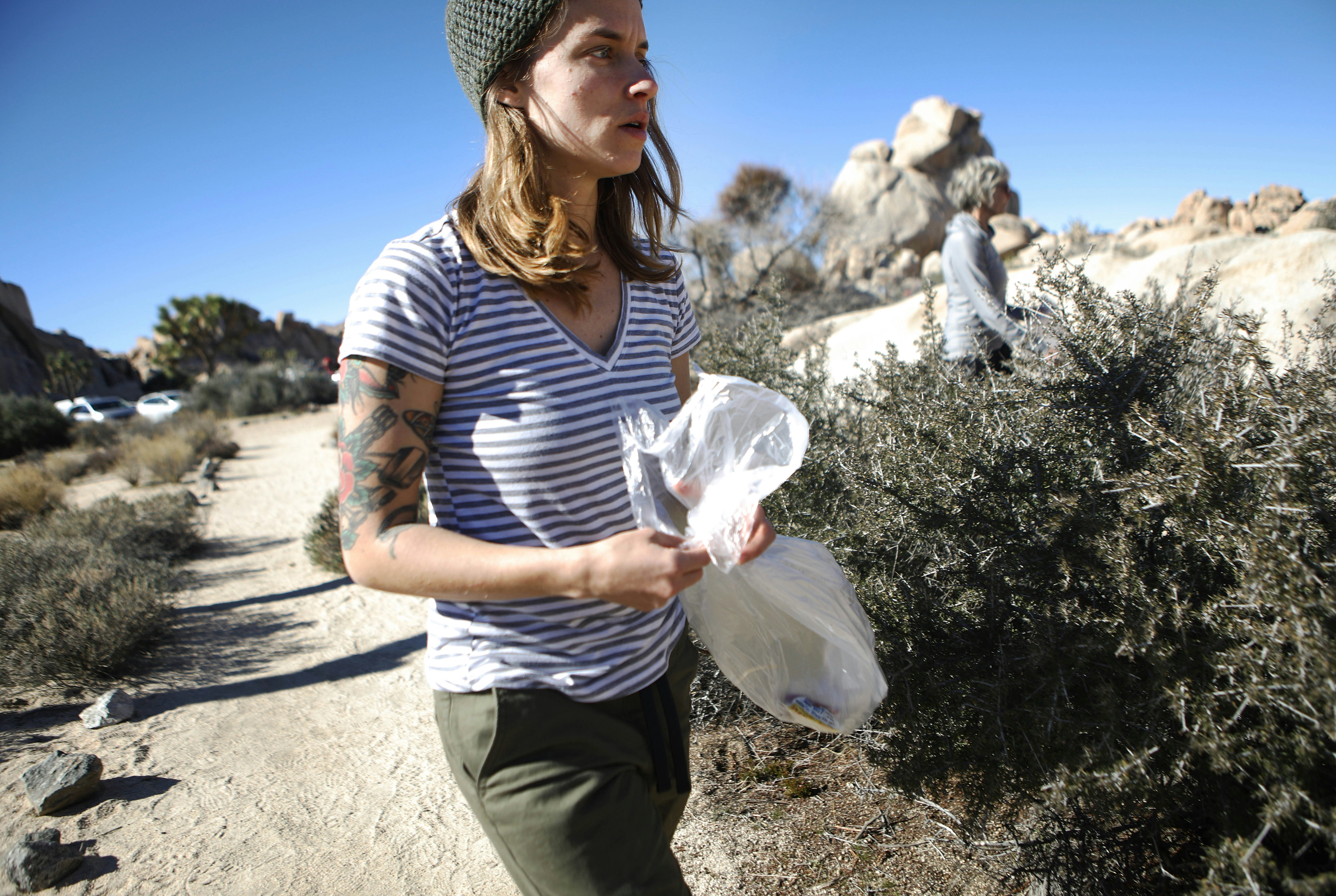
12. USA, North America
Imagine falling asleep to the sound of wolf calls and waking up with bears as your neighbors. This can be your reality when you volunteer at one of the USA’s stunning national parks. Volunteering opportunities vary from park to park, including guiding tours and assisting with scientific research. Volunteers usually commit to at least 32 hours per stint and some opportunities are compensated.
For more ideas, check out these tips for sustainable travel.





